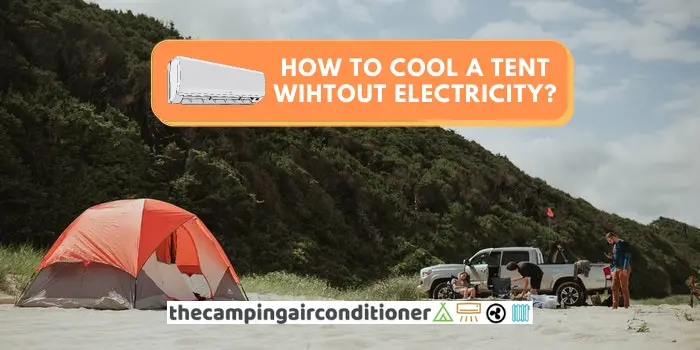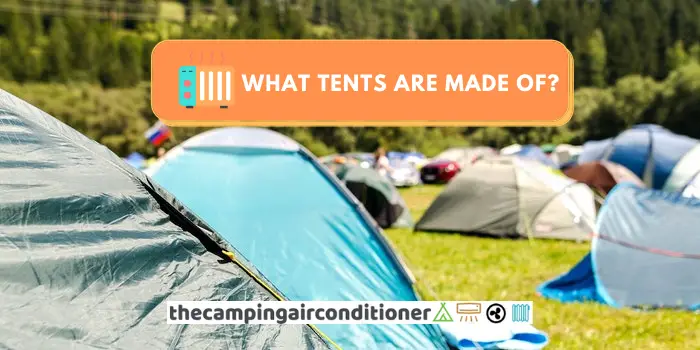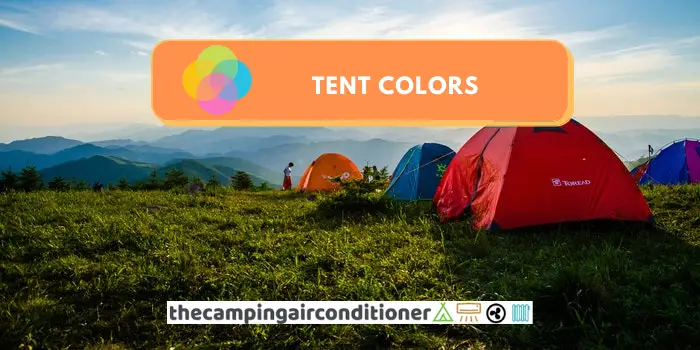One of our preferred activities while camping is preparing a delicious meal for our family. We love spending some time in front of a campfire or using our portable camping stove to try a new recipe from one of our camping cookbooks.
However, every now and then, we are inquired – can you use a stove in a tent?
Well, this is a tricky question. Overall, we do not recommend using gas stoves inside your tent for a prolonged period. There are risks associated with carbon monoxide poisoning, depletion of oxygen levels, and fire hazards.
However, if you implement some precaution measures, there is a safe way to use your stove inside your shelter.
Let’s go through them in detail below.
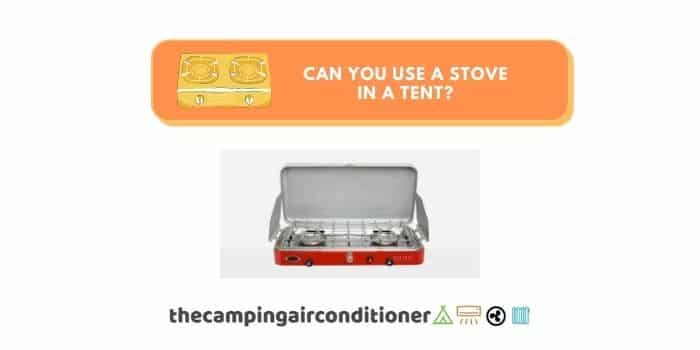
What are the risks of using a stove inside a tent?
Among several risks, we highlight carbon monoxide poisoning, decreased oxygen levels, and fire hazards.
Carbon Monoxide poisoning
Carbon monoxide (CO) is a substance produced via the partial oxidation of carbon molecules. Translating this into a camper language, any fuel with carbon in its composition (kerosene, propane, butane, woodfire, etc.) will release CO into the atmosphere.
To clarify, CO is present in the atmospheric air in low concentrations, and the human being is naturally exposed to it – concentrations below 30ppm (particles per million) are considered acceptable and safe.
However, as CO concentration goes up, the concerns around safety grow. Levels above 70ppm are considered dangerous, and you can show mild symptoms of poisoning, such as headache and nausea.
If exposed to concentrations above 150ppm for prolonged periods, CO can lead to loss of orientation and conscience and, ultimately, death.
The biggest concern around CO is that it is odourless and colourless. Yes, that is right – you can get poisoned without “feeling” (no smell or taste).
Oxygen Level depletion
The gas-burning process consumes a significant amount of oxygen (O2) from the environment. The combustion process combines oxygen, hydrogen and carbon and releases water, CO, and heating energy.
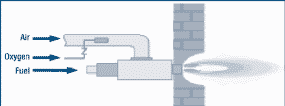
Simplifying, burning flames will not only use the O2 but also release CO in the air, being another point of concern for campers.
Fire Hazards
There is always the risk of fire ignition when using a stove inside your tent. Apart from the tent itself, an overheating event can start a fire and cause serious problems.
How do you safely use a stove in a tent?
We also understand that sometimes, even though it is not ideal, you need do it. If you are in this position, we recommend the following:
- Ensure there is plenty of ventilation in your tent
- Use a carbon monoxide detector
- Remove or isolate any flammable material
- Use a fire mat below your stove
- If you intend to use a stove inside your tent routinely, buy a tent with a stove jack.
- Consider an electric stove alternative
Tent ventilation
You can decrease CO concentration (and eliminate potential poisoning) levels by increasing your tent’s ventilation. How do you do it?
Simple – open all tent doors and vents and let the fresh air circulate. You can also use a portable fan to help with air exhaustion. Preferably, pick tents with screened areas and rooms, such as The Wenzel Klondike 8-Person.
Further, remove your rainfly – it will remove a physical barrier for air circulation.
Use a portable carbon monoxide detector
CO poisoning risks are real. However, if you intend to cook inside your tent, constantly monitor CO levels and ensure that they are below the 70ppm threshold.
There are plenty of devices available in the market, and we suggest a battery-powered one. First Alert CO710 is budget-friendly and comes with a digital display, and its battery lasts for 10 years (long enough for many camping adventures).
Remove any flammable material from your tent
Remove any flammable material from your tents, such as plastic bags, inflatable mattresses, cooking oils, lighters, and other camping gear.
It is worth knowing your tent fabric features as well (suggested article – what tents are made of).
For example, canvas tents (made with cotton) have many benefits, such as better insulation and breathability. However, on the downside, they are flammable.
Nylon and Polyester tents are flammable, but before igniting, they tend to melt first (polyester can actually melt and burn simultaneously).
It might be worth bringing a camping fire extinguisher for emergencies.
Use a fire mate below your stove
A fire protection mat will avoid direct contact with the tent floor and heat transfer to tent fabric. They are usually manufactured with reflective material and fireproof layers that help protect from fire ignition.
It is wise to use it, but note that temperatures inside your tent might climb up. Overall, they tend to cost less than $30 and provide an extra layer of protection for virtually no cost.
Consider a tent with a stove jack
As the name suggests, tents with stoves jacks come with pipes and ducts (chimney) to facilitate air exhaustion, ensuring a safe environment for using your stove, regardless if you are focusing on cooking or tent warming.
To accommodate the stove, they are usually bigger and spacious, ensuring plenty of space for campers. You will note that most of them are built with canvas because it provides optimum breathability and decreases tent condensation risks.
This is important, especially when using gas stoves or heaters, since they release a considerate amount of water in the air during combustion.
Consider an electric stove alternative
You can find mini electric stoves alternatives that are easy to carry around and install anywhere – they are ideal for backpackers.
The significant advantage of electric options is that they do not release CO or use oxygen for combustion (and don’t produce fumes).
Use it with a fire protection mat, and you will be fine!
However, they come with some drawbacks – they need electricity input, usually are smaller given their high energy consumption, and might be better suited for individual cooking.
FAQ
Are camping stoves safe?
Yes, camping stoves are safe provided that you maintain them. This includes cleaning the equipment after use, monitoring and checking potential gas leaks (if it is gas powered).
Further, disconnect and properly insulate gas bottles (canisters) when not using the device.
What is the best camping stove - propane or butane?
If you are camping in cold weather conditions (below 0 Celsius degrees), give preference to propane. The butane’s boiling point is close to -2 degrees Celsius (28.4 Fahrenheit), and the liquid inside canisters will not turn into gas for combustion.
On the other hand, if you are camping during summertime, butane might be a good alternative – it is cheaper than propane and provides similar heating outputs.
Another advantage of butane is that it is commonly found in compact bottles, whereas propane reservoirs are usually stored in bigger units.
Conclusion
Even though we acknowledge that it is not ideal, using a camping stove in a tent might be the only option due to weather conditions and many other factors.
If you are in this position, ensure you put in place the safety measures detailed above:
- Ensure there is plenty of ventilation in your tent
- Use a carbon monoxide detector
- Remove or isolate any flammable material
- Use a fire mat below your stove
- If you intend to use a stove inside your tent routinely, buy a tent with a stove jack.
- Consider an electric stove alternative.
Have a safe camping!







